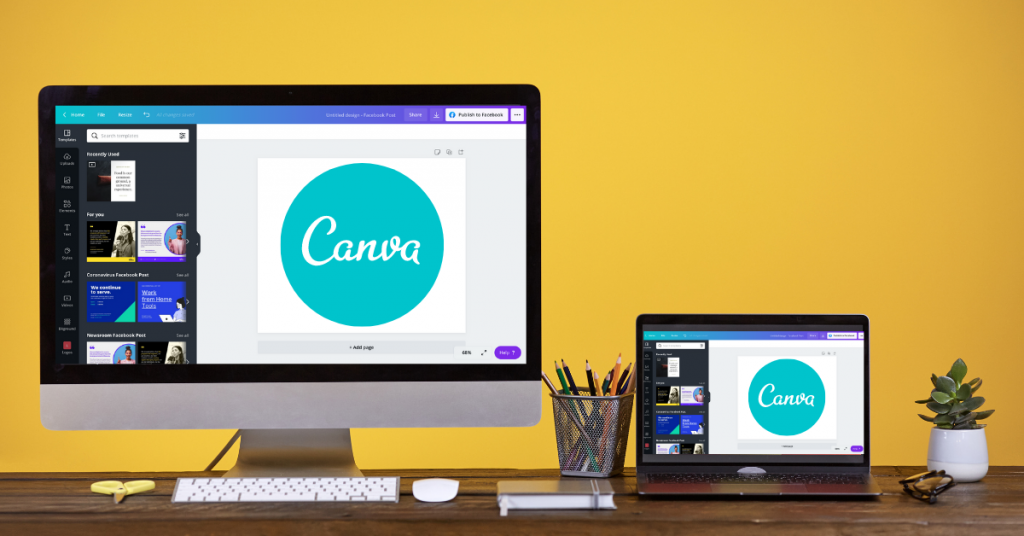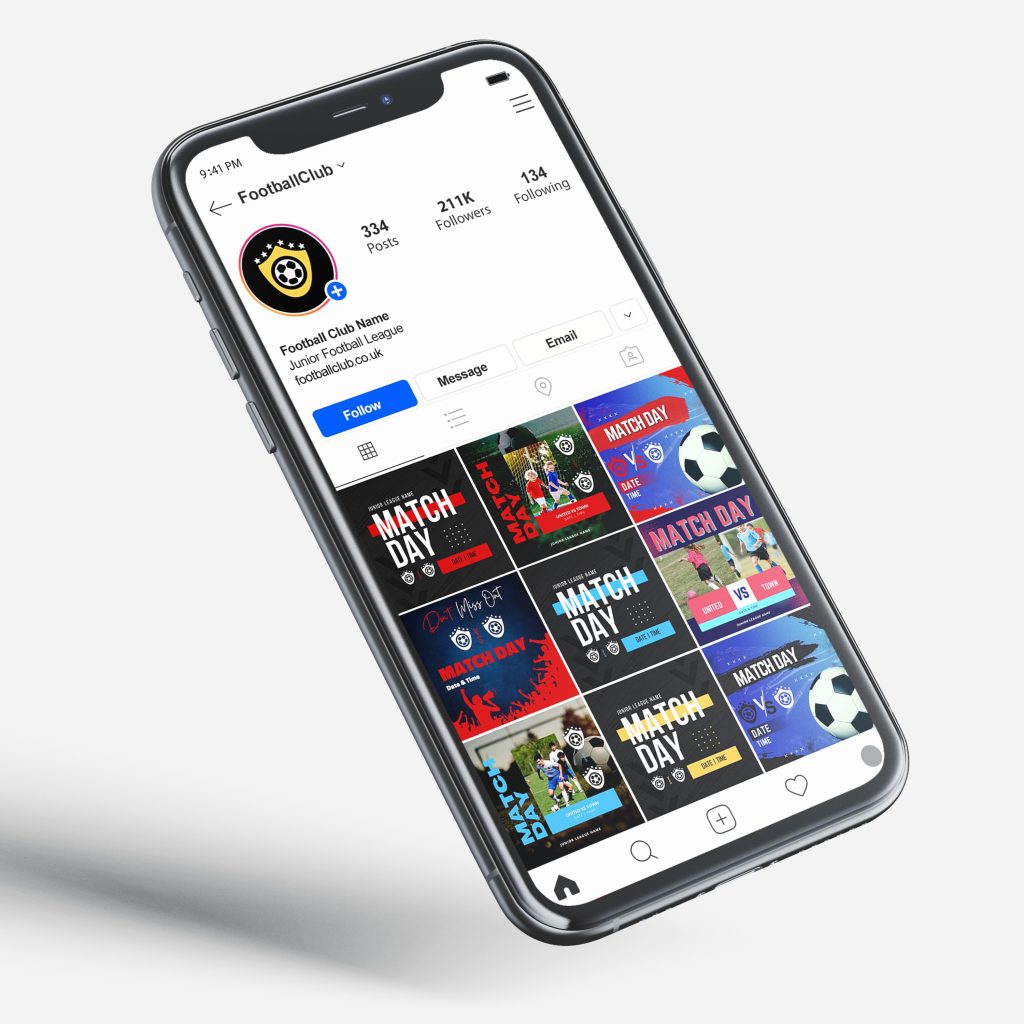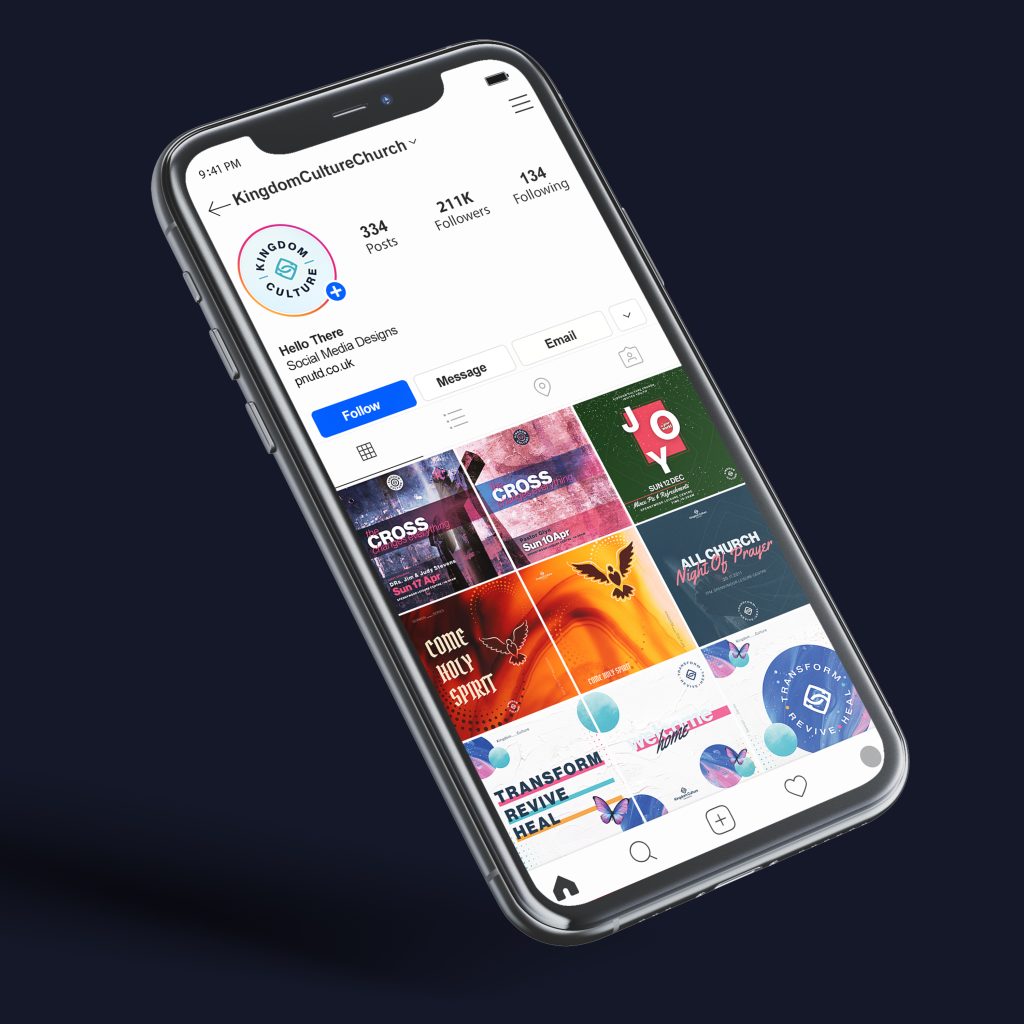Not all Designers hate Canva.

When Canva first burst onto the scene in 2013, it seemed like the classic professional designer’s nightmare: an easy-to-use, free (or affordable) design tool empowering anyone to create professional-looking visuals. To designer like me, who has worked for years and sat through years of a degree to build up experience and skills, it was almost a threat—encroaching on the years of experience and polished skills. However, not all designers see Canva as an enemy. In fact, many of us appreciate it for what it is and acknowledge its benefits while recognising its limitations. Here’s why I believe Canva deserves some consideration and also some caution.
- Canva Pro Gives Great Assets for Free
One of Canva’s major strengths is its library of assets. For those who use Canva Pro, it provides access to a vast collection of premium images, illustrations, fonts, and design elements. To a freelance designer on a tight budget or an up-coming, budding designer, these assets are a dream come true. Without Canva, sourcing the same assets individually can be time-consuming and expensive. Stock photo subscriptions, vector libraries, and font licenses can cost hundreds, if not thousands, of dollars. Canva Pro essentially normalises access to these resources, making design tools available to creators who may not have the budget for specialised assets.
2. Collaboration Across Different Experience Levels
Another positive aspect of Canva is its collaborative features. It allows designers to work alongside clients, marketers, writers, and even less-experienced designers to co-create content in real-time. For instance, if I want to walk a junior designer through a project, Canva makes it easy for us to edit, share feedback, and revise without losing the flow of creativity.
Designers of different skill levels can contribute to a project, breaking down some of the traditional hierarchies that exist within design teams. It’s an excellent entryway for beginners looking to collaborate and learn from more experienced designers.
On this subject it would be worth considering the elements a proffesional designer bring to the flow of this collaborative process by looking at these 5 elements of mastering design with coaching.
3. Teaching Opportunities: A New Way to Mentor
As a professional, I see value in using Canva as an educational tool. The simplicity of its interface has allowed me to teach basic design concepts. If someone wants to learn more about design, Canva is a great starting point. It helps budding designers grasp beginners skills such as typography, colour schemes, and layout techniques. From there, I can help them build their knowledge further.
Instead of overwhelming a beginner with complex design software, Canva allows them to learn gradually while creating real-world projects. By mastering the basics, they’re more equipped to advance to software.
Again, an additional point here would be that I started by design journey by falling head first into the Adobe world and I felt like I was back peddling for a few years while I got my head around the basics of how to use the software whilst trying to apply the skills I was enhancing and honing at the time. Canva allows a beginner to understand and learn basic skills before advancing to more professional software.
4. Canva is Great for Young Learners
Beyond mentoring adults, Canva is a wonderful tool for children and teens. It helps kids learn about design, marketing, and even advertising from a young age. Canva introduces young users to design principles, giving them a hands-on way to explore their creativity. Kids who play with Canva often get their first exposure to designing flyers, social media posts, social media reels and youtube shorts. In a world where digital communication is a key skill, giving young people the tools to express their ideas visually is immensely valuable.
The Downsides:
- Don’t Replace Expertise with Templates
That said, there are valid concerns about Canva’s impact on the professional design field. The most frustrating aspect for many designers is the tendency for clients or employers to believe that Canva makes professional designers unnecessary. While it’s true that Canva empowers anyone to create, it doesn’t replace the experience and refined techniques that professional designers have honed over years of work. Creating visually appealing designs isn’t only about picking a template but about understanding principles like hierarchy, white space, contrast, and audience engagement.
Canva’s templates, while great starting points, often promote a ‘plug-and-play’ mentality. Using them effectively requires knowledge about why certain elements work and how they can be altered to fit a unique brand or context. Without that knowledge, many Canva creations end up looking repetitive or “cookie-cutter” despite their flashy appearance.
2. Professional Designers Are Facing a New Challenge
Another challenge is that platforms like Canva, combined with AI advancements, are making it harder for professional designers to prove the value of their skills. After decades of refining and perfecting their craft, designers now face a market flooded with quick solutions that seem ‘good enough’ for many people. This shift challenges traditional notions of professionalism in the design industry. To adapt, designers are now tasked with not just selling their skills, but their ability to create personalised, highly impactful work that rises above generic outputs and they have to prove their worth through editional skills, knowledge and outputs which were never part of their original skill set in the first instance. Designer, Marketer, Copywriter, Social Media Expert and more.
3. Conclusion: A Tool, Not a Threat
So, do all designers hate Canva? Certainly not. While it poses challenges and misconceptions, it also brings about new opportunities. It gives access to resources, fosters collaboration, and enables education. Used properly, it can empower those looking to learn and create.
But it’s important to remember that Canva is just a tool. The real magic of design lies not in which software you use, but in the ideas, skills, and creativity you bring to the table. As long as people understand this distinction, Canva and professional designers can peacefully coexist, each bringing their own strengths to the world of creativity.
4. Great, I’ll use Canva but I still need help
As a professional designer, I have no problem in using Canva, it has allowed me to connect better with social media clients, and has given me opportunities to coach, tutor and teach adults and children in design skills, knowledge and techniques to help them produce good designs.
Would you value some professional guidance and coaching on Canva?
If this sounds like something you would love, then I’m here for you.


